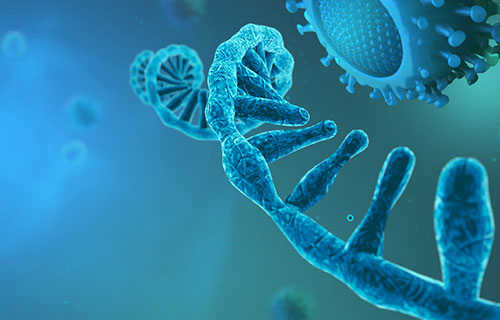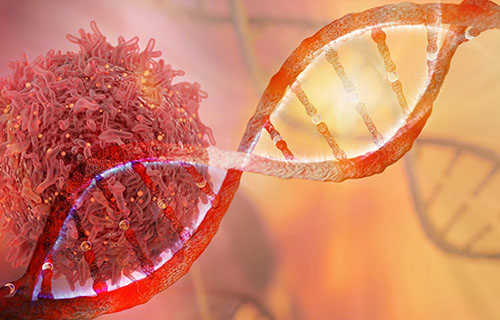
Sequencing Read Length:Everything You Need to Know
In the realm of genomics, the length of sequencing reads is a pivotal factor influencing the quality and depth of genetic data. Whether engaged in whole-genome sequencing, RNA sequencing (RNA-seq), or the detection of structural variants, comprehending the impact of read length on research outcomes is imperative. This treatise elucidates the importance of sequencing read […]


 Sample Submission Guidelines
Sample Submission Guidelines







